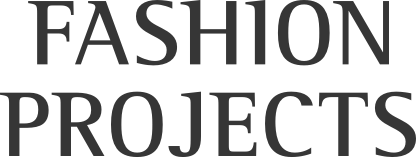Summer Readings: Fashion Practice et al.
/Cover of Fashion Practice, Volume 1, Issue 1
A sister publication to Fashion Theory was recently launched by Berg Publishers. Titled Fashion Practice, it focuses on the interaction between theory and practice alongside practice-based research and is mainly concerned with contemporary design. Among its recurrent areas of interest are the interaction of fashion and technology, as well as sustainable fashion, as it is geared to be of interest to practicing designers alongside academics. The journal is edited by Sandy Black of the London College of Fashion, and Marilyn DeLong of the College of Design at the University of Minnesota, and it is published biannually. (Disclosure: I recently contributed to the journal.)
Also of interest is the proliferation of academic blogs devoted to fashion and based in the USA---a relatively new phenomenon. Among the ones that I have recently discovered is the historically driven Thread for Thought, as well as the more contemporary-minded Threadbared and Worn Through.
Francesca
















